 Looksrare, the non-fungible token (NFT) marketplace, has launched version two, also known as v2, which reduces protocol fees by 75%. According to statistics from Dune Analytics, Looksrare was the tenth-largest NFT marketplace in terms of trader count during the past week. NFT Market Protocol Looksrare Launches v2 NFT marketplace Looksrare announced the launch of version […]
Looksrare, the non-fungible token (NFT) marketplace, has launched version two, also known as v2, which reduces protocol fees by 75%. According to statistics from Dune Analytics, Looksrare was the tenth-largest NFT marketplace in terms of trader count during the past week. NFT Market Protocol Looksrare Launches v2 NFT marketplace Looksrare announced the launch of version […]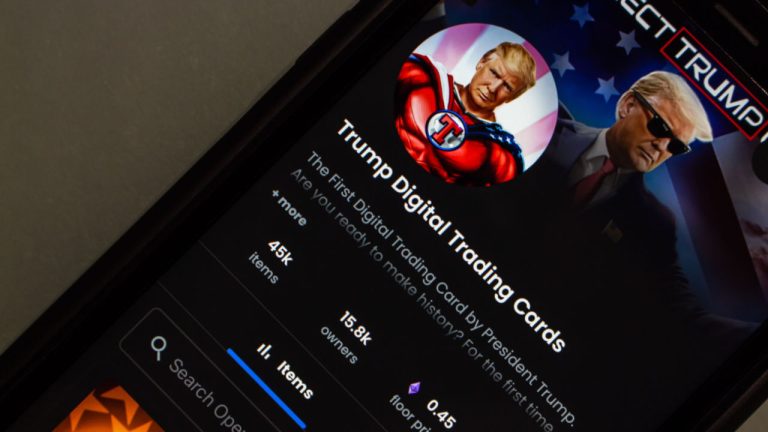 Sales of Donald Trump’s digital collectibles surged following the news of his indictment in New York on Thursday. Meanwhile, a report revealed that the market for non-fungible tokens (NFTs) has seen its strongest quarter since early last year, reaching a trading volume of $4.7 billion, despite a weaker March. Trump NFTs Spike as Former President […]
Sales of Donald Trump’s digital collectibles surged following the news of his indictment in New York on Thursday. Meanwhile, a report revealed that the market for non-fungible tokens (NFTs) has seen its strongest quarter since early last year, reaching a trading volume of $4.7 billion, despite a weaker March. Trump NFTs Spike as Former President […]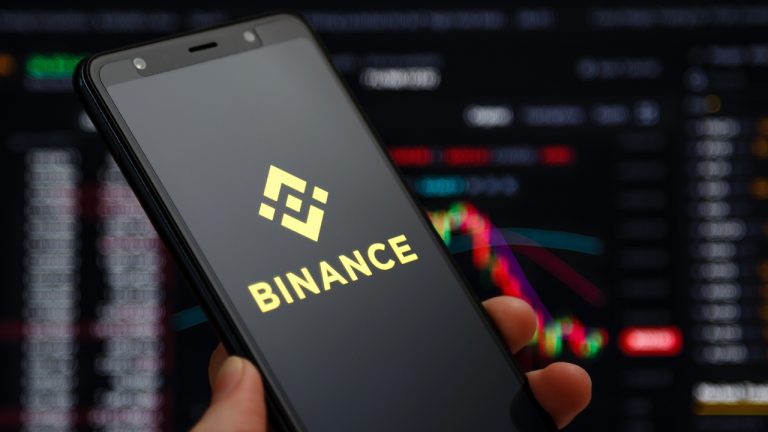 The world’s largest crypto exchange by trade volume, Binance Holdings Ltd., has been sued by the U.S. Commodity Futures Trading Commission. Binance CEO Changpeng Zhao has been named in the lawsuit and the charges claim the crypto exchange broke several trading and derivatives rules. The lawsuit also names Binance’s former chief compliance officer, Samuel Lim, […]
The world’s largest crypto exchange by trade volume, Binance Holdings Ltd., has been sued by the U.S. Commodity Futures Trading Commission. Binance CEO Changpeng Zhao has been named in the lawsuit and the charges claim the crypto exchange broke several trading and derivatives rules. The lawsuit also names Binance’s former chief compliance officer, Samuel Lim, […]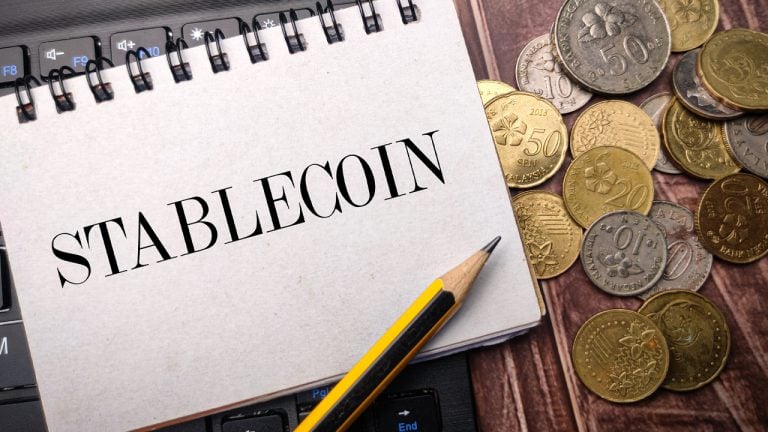 According to statistics, on March 26, the stablecoin economy was valued at $135 billion, with the top stablecoins representing $31.8 billion or 75% of the $42.17 billion in 24-hour global trade volume across the entire crypto market. In the last two weeks since March 11, 7.06 billion USDC and 351.57 million BUSD have been redeemed. […]
According to statistics, on March 26, the stablecoin economy was valued at $135 billion, with the top stablecoins representing $31.8 billion or 75% of the $42.17 billion in 24-hour global trade volume across the entire crypto market. In the last two weeks since March 11, 7.06 billion USDC and 351.57 million BUSD have been redeemed. […] Following the Arbitrum token airdrop, ARB has become a top 40 cryptocurrency as it currently holds the 37th largest market valuation out of more than 23,000 listed digital currencies. Currently, there is a circulating supply of 1,275,000,000 ARB, and the Arbitrum Foundation’s DAO Treasury holds 3.52 million or 35.27% of the airdropped supply. Over the […]
Following the Arbitrum token airdrop, ARB has become a top 40 cryptocurrency as it currently holds the 37th largest market valuation out of more than 23,000 listed digital currencies. Currently, there is a circulating supply of 1,275,000,000 ARB, and the Arbitrum Foundation’s DAO Treasury holds 3.52 million or 35.27% of the airdropped supply. Over the […]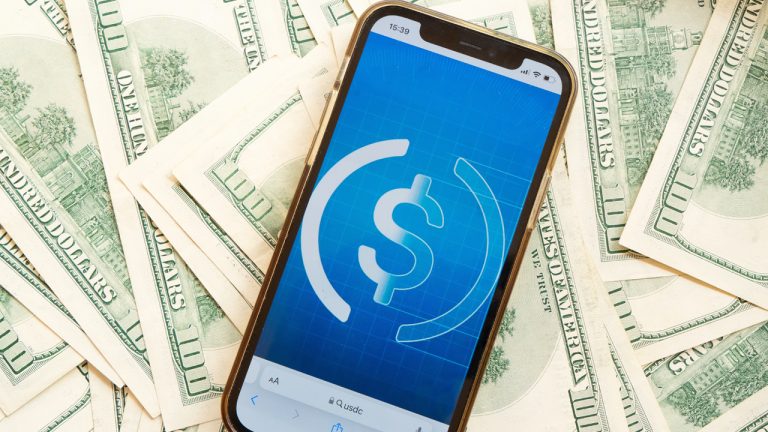 During the past 11 days, over 7 billion USDC stablecoins have been withdrawn from circulation, with most of the redemptions occurring following the depegging event of USDC on March 11, 2023. Furthermore, since March 6, a total of 439.48 million BUSD stablecoins have been redeemed. Stablecoin Depegging Event Triggers Billions in Redemptions The stablecoin landscape […]
During the past 11 days, over 7 billion USDC stablecoins have been withdrawn from circulation, with most of the redemptions occurring following the depegging event of USDC on March 11, 2023. Furthermore, since March 6, a total of 439.48 million BUSD stablecoins have been redeemed. Stablecoin Depegging Event Triggers Billions in Redemptions The stablecoin landscape […]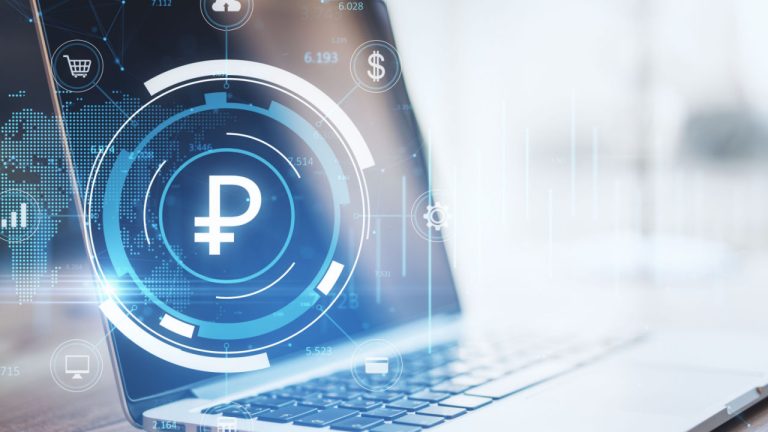 Digital financial assets (DFAs) for a total exceeding $26 million have been issued in Russia in the past year. This new market has been developing since it was regulated in 2021 and the country’s monetary authority started licensing issuers in the following year. Volume of Digital Assets Increases in Russia as Investors Seek Alternatives to […]
Digital financial assets (DFAs) for a total exceeding $26 million have been issued in Russia in the past year. This new market has been developing since it was regulated in 2021 and the country’s monetary authority started licensing issuers in the following year. Volume of Digital Assets Increases in Russia as Investors Seek Alternatives to […]
Primary and secondary markets differ in securities, pricing, risk, volume, liquidity, timeframe and more.
Stock and crypto markets are essential components of the global financial system. These markets provide a platform for investors to buy and sell financial assets, which helps companies raise capital for investment and growth. Moreover, the stock and crypto markets play a crucial role in determining the value of an asset. The market price of a stock or cryptocurrency reflects the collective sentiment of investors about its prospects, which can impact its future growth potential.
Lastly, the stock and crypto markets can be used as indicators of broader economic trends and sentiments. For instance, swings in the stock market can indicate changes in investor perceptions of the health of the economy, whereas moves in the cryptocurrency market can be caused by changes in the law, developments in technology or changes in consumer tastes. Investors can learn more about the state of the economy, potential hazards and investment possibilities by keeping an eye on these markets.
The primary market and the secondary market are the two main categories of markets.
Companies first offer new securities to the public on the primary market, including stocks, bonds and other financial instruments. The primary market’s goal is to help the issuer, whether it be a business, a governmental body or another group, raise money. These securities can be bought directly from the issuer by investors, with the money going to the issuer.
On the other hand, previously issued securities are traded between investors on the secondary market. Instead of purchasing securities directly from the issuer, investors buy and sell securities that have already been issued in this market. The secondary market provides liquidity to investors, allowing them to buy and sell securities quickly and easily. This market is also important for price discovery, as the price of a security is determined by supply and demand factors.
In the cryptocurrency world, the primary market is where new tokens or coins are first offered to the public through initial coin offerings (ICOs) or initial exchange offerings (IEOs). The secondary market, on the other hand, is where previously issued cryptocurrencies are traded among investors. An example of the secondary market in crypto is the cryptocurrency exchange Binance, where investors can buy and sell various cryptocurrencies, such as Bitcoin (BTC), Ether (ETH) and others.
Buying and Selling
— Henry Imani (@henryimani_) January 13, 2022
NFTs can be traded at a fixed price or through an auction.
Trading of NFTs always happens in 2 markets; the primary market (minting website) and the secondary market (NFTs marketplace).
Related: Fundraising 101: A beginners guide on raising funds using cryptocurrencies
There are several key differences between primary and secondary markets.
The primary market is where new securities are issued for the first time, while the secondary market is where previously issued securities are traded between investors.
In the primary market, securities are issued directly by the issuer, whether it’s a company, government entity or other organization. In the secondary market, investors trade securities among themselves without involvement from the issuer.
On the primary market, the price of a security is typically set by the issuer, based on factors such as market demand, supply and the company’s financials. On the secondary market, the price of a security is determined by supply and demand factors, with investors buying and selling based on their own perceptions of the value of the security.
The primary market carries a higher risk for investors, as the securities being issued are new and have not yet been tested in the market. In contrast, the secondary market carries a lower risk, as investors can evaluate the performance and stability of the security before deciding to buy or sell.
Related: The NFT marketplace: How to buy and sell nonfungible tokens
The primary market typically has a lower trading volume compared to the secondary market, as securities are issued on a limited basis. The secondary market, on the other hand, has a high trading volume, as investors buy and sell securities on a daily basis.
The primary market has limited liquidity, as investors cannot easily sell newly issued securities until they are listed on the secondary market. In contrast, the secondary market is highly liquid, as investors can buy and sell securities on an ongoing basis.
The primary market is generally open for a limited period of time, as securities are issued on a specific date or over a limited period. The secondary market, on the other hand, is open continuously, allowing investors to buy and sell securities at any time.
 On Saturday, March 11, 2023, Circle Financial updated the public about its stablecoin, USDC, and noted that the stablecoin’s liquidity operations will resume normally on Monday morning in the United States. Circle said that the company’s teams would be ready on Monday to “handle significant volume” and that the firm will “stand behind USDC and […]
On Saturday, March 11, 2023, Circle Financial updated the public about its stablecoin, USDC, and noted that the stablecoin’s liquidity operations will resume normally on Monday morning in the United States. Circle said that the company’s teams would be ready on Monday to “handle significant volume” and that the firm will “stand behind USDC and […] According to statistics recorded this week on Tuesday and Wednesday, the layer two scaling project Arbitrum’s transaction count has surpassed Ethereum’s. On Wednesday, Arbitrum processed 1,090,510 transactions, compared to Ethereum’s 1,080,839 transfer count. L2 Scaling Solution Arbitrum’s Daily Transfers Skyrocket Layer two (L2) scaling networks have become popular over the last two years as secondary […]
According to statistics recorded this week on Tuesday and Wednesday, the layer two scaling project Arbitrum’s transaction count has surpassed Ethereum’s. On Wednesday, Arbitrum processed 1,090,510 transactions, compared to Ethereum’s 1,080,839 transfer count. L2 Scaling Solution Arbitrum’s Daily Transfers Skyrocket Layer two (L2) scaling networks have become popular over the last two years as secondary […]